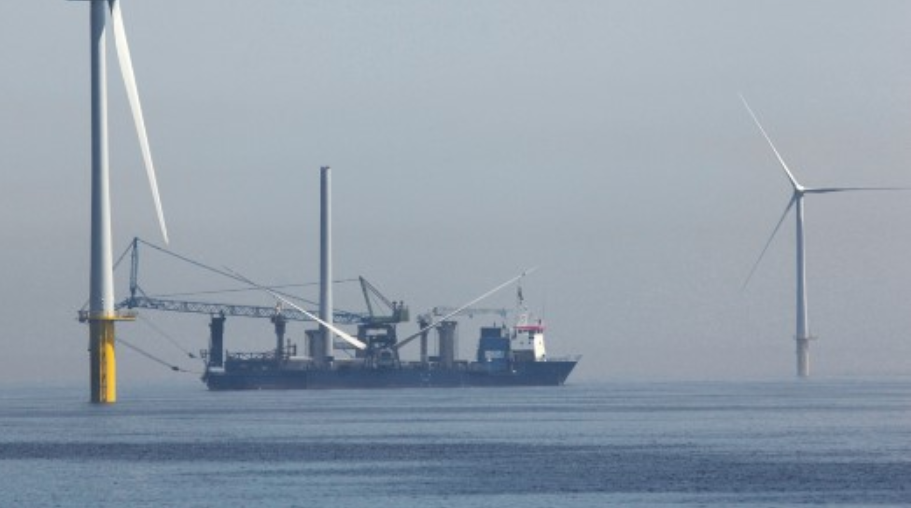The Netherlands – Vattenfall has its sights set on producing hydrogen in the North Sea.
In the Hollandse Kust West offshore wind farm, where the company is bidding for lot VII, Vattenfall intends to construct the first hydrogen cluster in the world.
Electrolysers will be installed in three wind turbines. The hydrogen they generate will be fed into the hydrogen network at the Port of Rotterdam via a pipeline. The hydrogen will then be delivered to users via a network of pipes, much like how natural gas is delivered.
Production at the source
Plans for onshore hydrogen plants are numerous, but there are comparatively few for offshore production. This is a logical progression, according to Catrin Jung, Head of Offshore Wind at Vattenfall. In addition to being advantageous financially, hydrogen production at the source is also advantageous because it is practical. Jung anticipates that offshore hydrogen production will provide affordable, green hydrogen. It will also release some of the strain on the overworked onshore electricity grids. As a component of an energy supply free of fossil fuels, hydrogen will play a significant role in the energy mix. For the ongoing transition to a sustainable energy supply and rising electrification, this is crucial.
Self-sufficient hydrogen turbines
Vattenfall received funding earlier this year from the Scottish government to create the first hydrogen turbine in history off the coast of Aberdeen. Vattenfall plans to use Hollandse Kust West as a launching pad to connect additional hydrogen turbines.
Containers are positioned on unique platforms inside the hydrogen cluster, which consists of three turbines. Batteries, transformers, and electrolyzer modules are housed inside these containers. Together, these containers enable the conversion of the electricity produced by the wind turbines into hydrogen. The cluster is expected to have a 45 MW total capacity.
Hydrogen is a gas that can be used to generate electricity without emitting CO2 and is employed in industries where it is challenging to reduce emissions, in part because high temperatures are required. By energizing water, a procedure known as electrolysis can separate oxygen from hydrogen. Energy is released when the hydrogen comes into contact with oxygen once more. And there are no emissions at all; the only byproduct is water.





